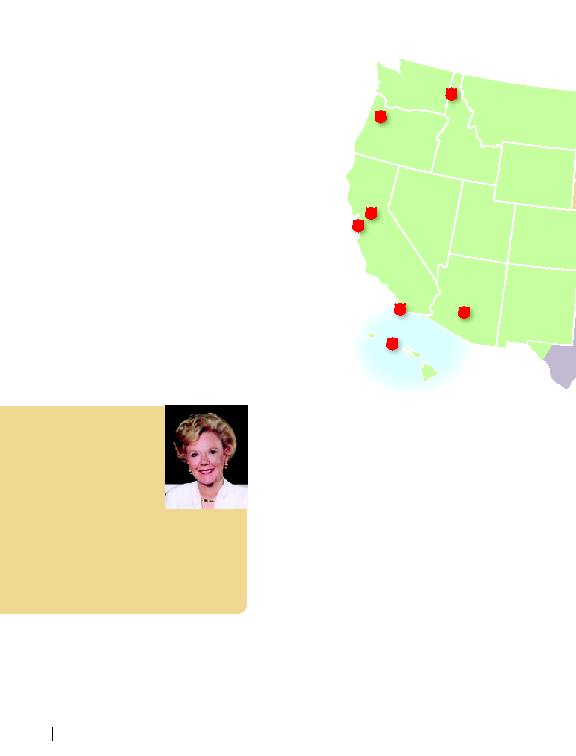
in the Central Territory to stay open on Sunday
mornings so members who come to work out can
see that we are as visible in our spiritual expres-
sion as we are in our fitness expression. After
working out they might want to come in and sit
down with a cup of coffee in the back of the chapel.
We want to be visible and have a holistic approach
to personal care and improvement. We're encour-
aging denominational worship times on Friday
and Saturday nights. Why not? It's an option and
an opportunity for providing further services.
ing at five key performance indicators to make
sure a center is not running a deficit. We also look
ages of members
coming in for
daily use. Our
system requires
members to scan
in upon entry
so we know who
comes in on a
regular basis
and who comes
in for rentals.
We're averaging
between 10-15%
of membership
coming through
the doors on any
mental asset outcomes, using researched based
indicators that show their interpersonal engage-
ment, civic engagement, school success, avoid-
ance of violence, and how they feel about them-
selves. We also take note of stories about members
who have come to the Kroc center for fitness and
of operation and are now enrolled as soldiers.
Just last week, I learned about a young man
who was one of the first members at one of our
centers. He came to do something about his
weight problem, and to improve his physical
fitness. Today at 16 he's fit and on the football
team. Sadly, one day he came home and found
that his mother had collapsed and died. As he
dealt with that he came to the Kroc Center
for spiritual counseling, and they handled the
funeral for the family. This holistic approach
engages people where they're interested, con-
nects with them as they are, and then min-
istry begins. That defines success for us.
primary local impact would basically just be
the jobs provided, which was significant. Each
center made an immediate economic impact
by providing jobs. But we're finding there is